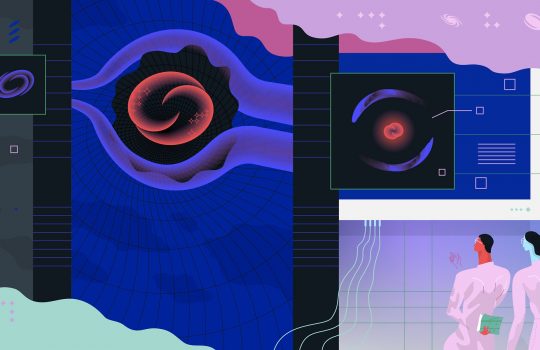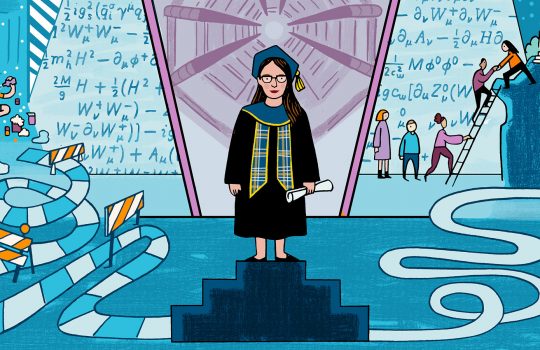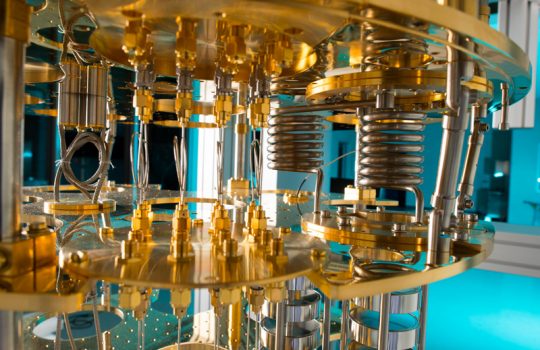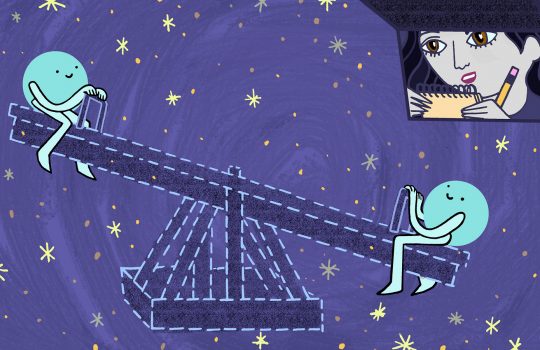ICG cosmologists provide new measurement of cosmic controversy
From University of Portsmouth Institute of Cosmology and Gravitation, Nov. 10, 2018: Researchers have analyzed new Dark Energy Survey data to provide one of the most accurate measurements of the Hubble constant to date.




